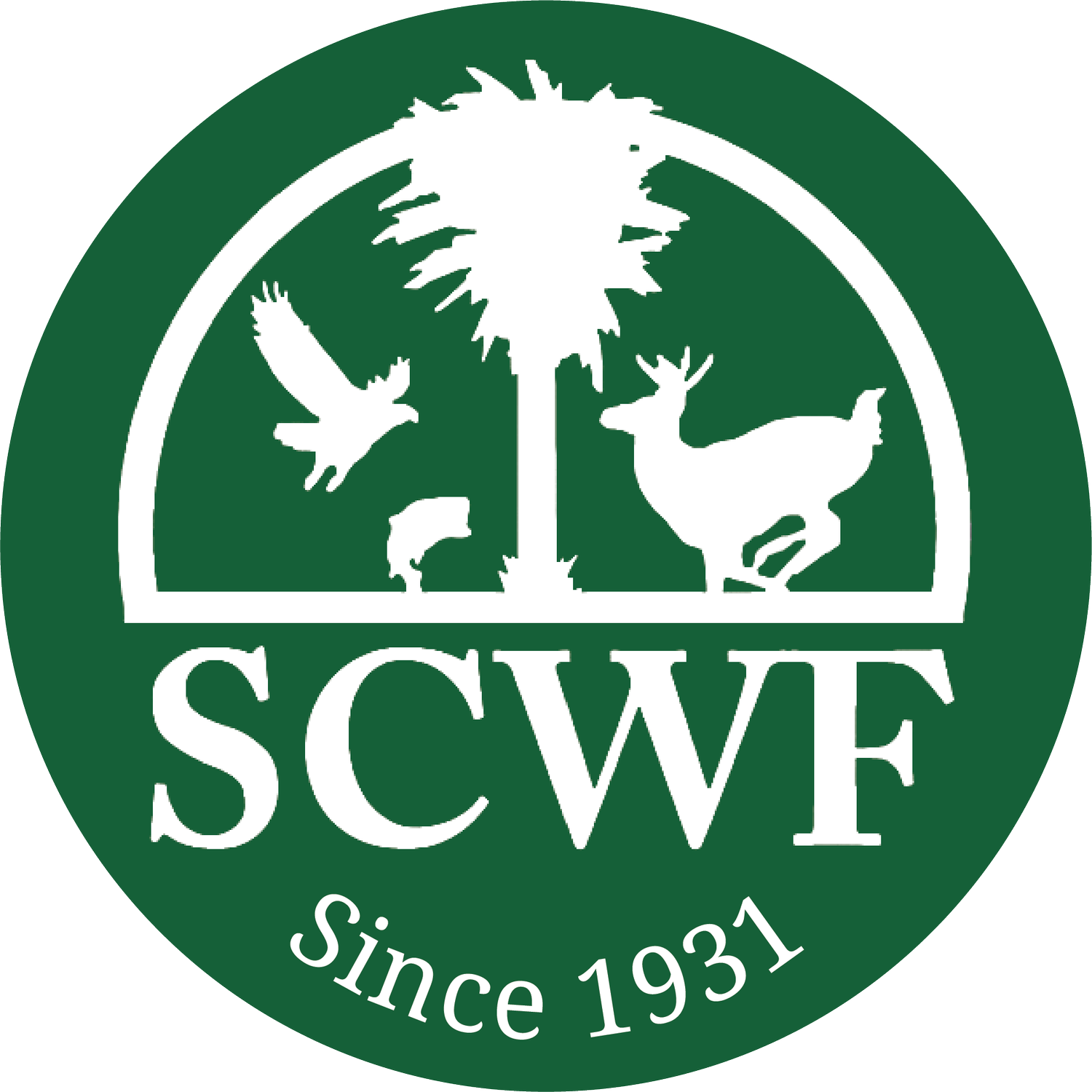Alex Killman is a guest writer for SCWF sharing his experiences of connecting with nature, enjoying the outdoors, and advocating for conservation – all through hunting.
November is seen as the best time of year to be in the deer woods, and for good reason. Absolutely anything can happen. A big-bodied 10-point that you’ve never seen before could leave his home range three miles away and stroll by your stand at 1 o’clock in the afternoon. This is the allure of hunting the rut. There’s more opportunity for daytime action as bucks cruise at all hours of the day searching for does ready to breed (estrous). Though the rut holds the biggest opportunities for success, there’s still a fair bit of knowledge required to hunt it effectively.
The Rut
The rut is brought on by photoperiod, which is the amount of daylight in a 24-hour period. Because of this, the rut occurs on roughly the same day each year, give or take a day or two. Cooler weather and/or higher pressure can cause the bulk of daytime rutting activity to kick off a little earlier or later. In SC, peak rut occurs right around November 1st. Bucks, fueled by a surge in testosterone, become less cautious as they seek out does in estrus. This is when aggressive tactics can pay off. Utilizing calls and rattling antlers mimicking buck fights can draw out dominant bucks. Positioning stands near doe bedding areas or along travel corridors where bucks are likely to search for hot does increases your odds of an encounter. Setting up on a funnel or pinch point that deer typically need to travel through as they cruise from one doe bedding area to another is the best tactic for tagging a buck during the rut. These locations are perfect for all-day sits. Bucks typically chase does early morning, then bed down for a while before resuming their cruising behavior around 10:00AM. If you find a good pinch or funnel between doe bedding areas that is tucked back in the cover, you’ve found a great spot for an all-day rut hunt.
The Post-Rut
As the frenzy of the rut fades, typically by mid- to late-November, bucks begin cruising less and revert back to their territorial behavior, which includes opening back up previously hot scrapes that were left unchecked during peak rut. They’ll also begin focusing back on food sources, as bucks can lose up to 20% of their body weight during the rut. Because of this, focusing on areas with abundant food sources, like agricultural fields or oak stands with leftover acorns is a good idea. I also like to focus on scrapes that I’ve seen to be opened back up. Calling should be more subdued during this period if used at all. The post-rut can be challenging, as bucks are wary and recuperating from all the fighting and lack of calories brought on by the rut.
The Second Rut
Image Credit: In the Zone by Lyric Little John.
The second rut, occurring about 28 days after the peak of the first, is often overlooked but holds nearly as much potential as the first rut. Our second peak rut in SC occurs around November 29th, so November 26th-December 7th is a great window to try and tag another buck. This phase kicks in when does that were not bred during the first rut go into a second cycle, while some doe fawns come into estrous for the first time. Tactics during the second rut involve targeting similar areas as the first rut, while also adding in late-season food sources or isolated pockets that experienced less hunting pressure. Calling should be softer, mimicking young bucks or doe bleats. The second rut is less intense, but bucks are still motivated, providing us with a second chance at success. Around late October, you’ll often see younger bucks chasing around does long before they’re ready for breeding. Because of this, I believe younger bucks bow out of the race earlier than older, mature bucks. So, though the second rut may not be quite as hot as the first, your odds of catching a mature cruising buck seem to be higher. So, if you’ve still got a tag, don’t sit out the second rut.
It's Not a Sprint
Though the first week of November may be the most intense part of the rut, heavy rutting behavior itself really occurs for around 4-6 weeks starting with the last week of October into the first week or two of December. It just takes a little knowledge and persistence to hunt effectively in each stage. You don’t hunt the first week of November the same as the 3rd week when things have died down tremendously; or the second week of November the same as the first week of December. Recognizing the stage you’re in based on deer behavior is crucial to filling a tag in the month of November. But remember that no matter the date, it’s the Magic Month, so anything can happen at any time.
Image Credit: “Deer taking a plunge” by Charles Rucinski.



